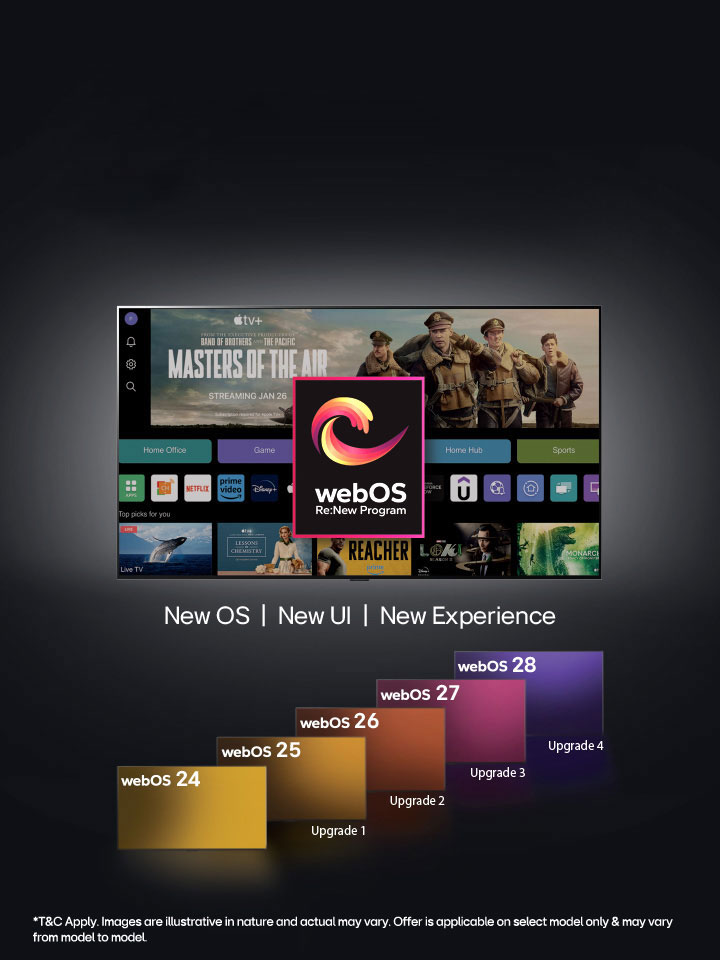OLED TV and QNED TV are both advanced television display technologies, but they differ in how they create and display images:
• OLED TV (Organic Light-Emitting Diode TV):
Technology: OLED TVs use Organic Light-Emitting Diodes, which are made from organic compounds that emit light when an electric current is applied. Each pixel in an OLED display is capable of producing its light independently.
Advantages: OLED TVs are known for their exceptional picture quality, with deep blacks, vibrant colours, and high contrast ratios. They are also thinner and more flexible than traditional LED/LCD TVs, allowing for unique design possibilities.
Features: OLED TVs comes with high resolutions (e.g., 4K and 8K), HDR (High Dynamic Range) formats, along with features like fast response times and wide viewing angles. They are often favoured for their suitability for gaming due to low input lag and fast response times.
• QNED TV (NanoCell Display TV):
Technology: QNED is an exclusive technology developed by LG that seamlessly combines two cutting edge display technologies: NanoCell technology. Microscopic semiconductor particles that emit different colours of light when exposed to an LED backlight. NanoCell technology uses nano-sized particles to enhance colour purity and improve picture quality.
Advantages: QNED TVs delivers enhanced colour accuracy, improved brightness, and better overall picture quality compared to traditional LED/LCD TVs.
Features: QNED TVs can support high resolutions, HDR formats, and advanced image processing. They are known for their wide colour gamuts and are designed to provide a premium viewing experience.







